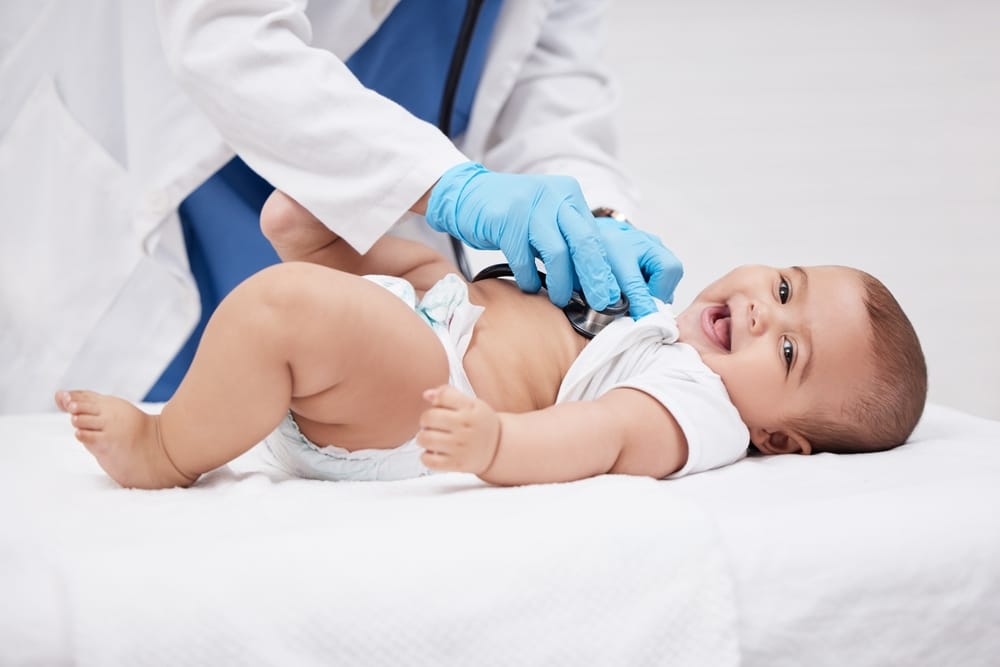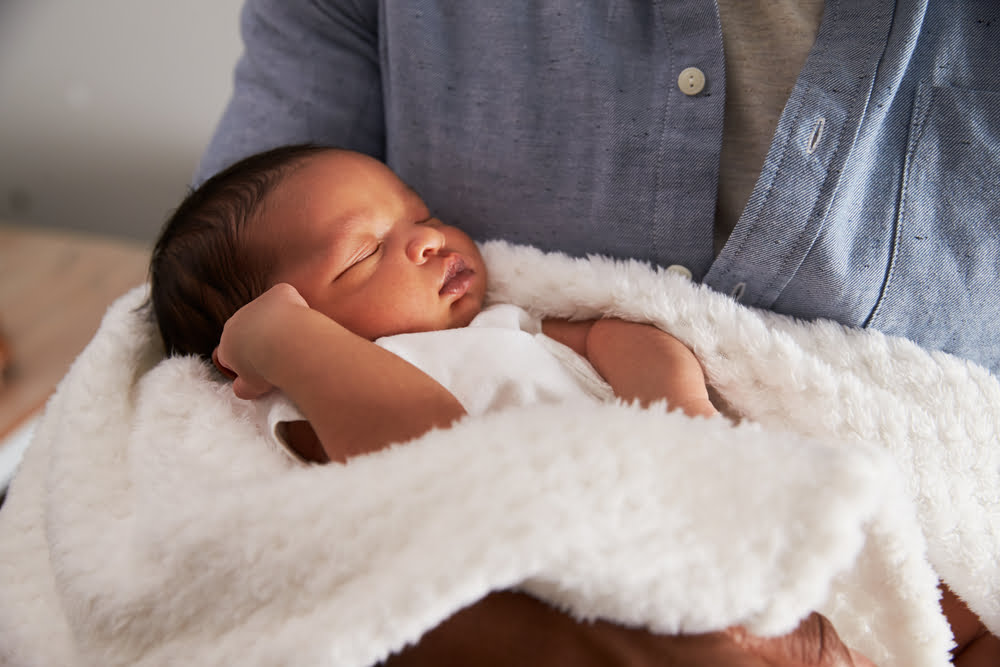UVA and UVB rays are ultraviolet radiation. They are shorter than visible light which is why you can’t see them with the naked eye. UVB rays hit the skin’s surface causing superficial damage. (Turn you lobster red – OUCH!) UVA rays have longer wavelengths than UVB and can penetrate deeper into your skin, causing aging and long-term damage.
Melanin (pigment that gives color to skin, hair, and eyes) provides some sun protection. An infant’s skin possesses little melanin, therefore making them more susceptible to the sun’s harmful rays.
Sun protection is even more important depending on the time and location when you are exposed. The sun’s harmful rays are strongest between 10 am and 4 pm. When you are on a reflective surface such as water (beach, pool or lake), pavement or sand, you will get twice as much radiation exposure as the sun’s UVA and UVB rays will hit your skin from above and below.
Reducing exposure to harmful UVA and UVB rays is crucial in helping to prevent skin cancer. To protect yourself, wear a hat and clothing with an ultraviolet protection factor (UPF) of 30 or higher, ensuring your skin is shielded. Apply sunscreen with an SPF of 30 or greater to all exposed areas, doing so at least 30 minutes before going outside and reapplying every two hours, especially after swimming or excessive sweating. For infants under six months, keep them shaded or in sheltered areas, and for babies over six months, use sunscreen appropriately. It’s important to avoid the sun’s most intense rays between 10 a.m. and 4 p.m., and always check that your sunscreen is not expired before use.
Don’t forget to protect your ears, eyes with sunglasses, lips, and nose. UVA rays can penetrate through clouds, fog, and even glass, so protection is necessary on rainy days or when driving, where UV window films or removable mesh shields can be useful. Remember to avoid burning, and steer clear of tanning beds and UV tanning booths to minimize your risk of skin damage.
For more information on skin cancer go to www.skincancer.org







